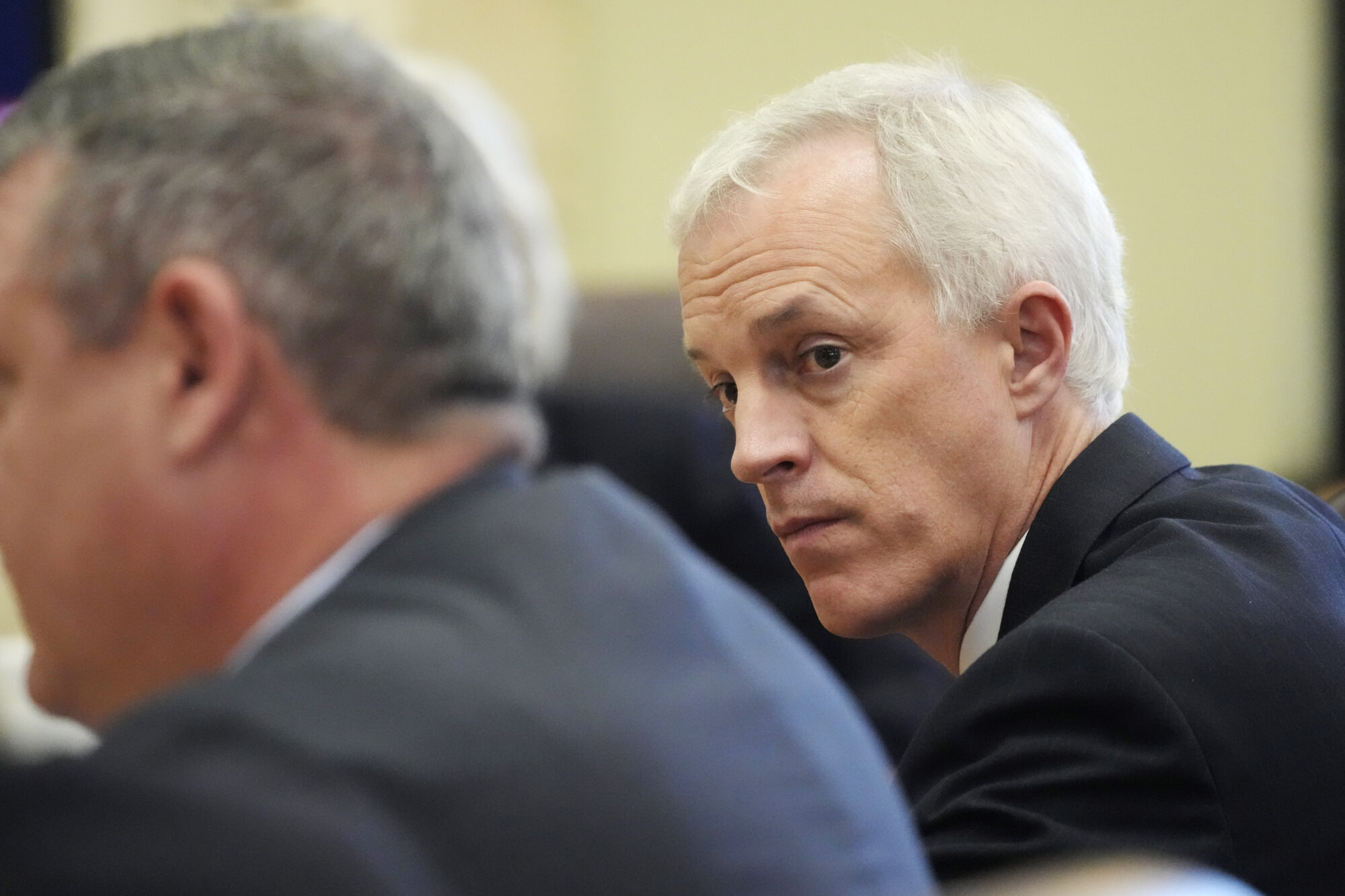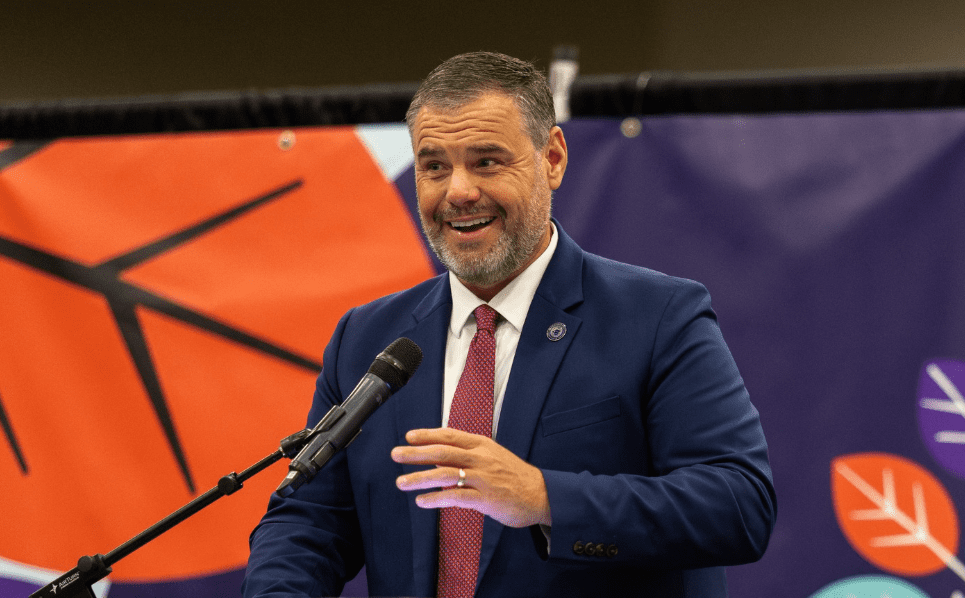
- Dr. Courtney Taylor told the Senate Labor Force Participation study group this week that her office’s goal is to attract 21,000 Mississippians back to the workforce within the next two years.
Mississippi’s low workforce participation rate could be partly addressed through a more educated population. That was the message shared with members of the Mississippi State Senate’s Labor Force Participation study group by AccelerateMS Executive Director Dr. Courtney Taylor on Thursday.
In order to address the low workforce participation rate, Dr. Taylor said everything must be considered.
“Everything from Pre-K to elder engagement and elder care has to be on the table if we’re going to truly make a difference in our workforce participation,” Taylor described.
Workforce participation rates in the country have fluctuated from 58.6 percent in 1948 to today’s rate of 62.7 as of August. Mississippi’s Lt. Governor, Delbert Hosemann, has said that Mississippi’s rate is the lowest in the nation, reported at 53.8 percent earlier this year.
Dr. Taylor suggested the Legislature look at every aspect of the labor and education system, from birth to death, to fix the problem.
“We can’t continue to throw a little money at the problem and never review the genuine outcomes,” Taylor said. “We cannot allow federal policy to dictate our entire approach, all things I’m proud to say Mississippi leaders have not only said but prioritized through decades of policy and establishing our office and subsequent policies discussed here.”
In spite of the low workforce participation rate, Mississippi has seen job growth over the past five years. Dr. Taylor said that from 2019 to 2024, the Magnolia State saw a 3.2 percent growth, adding close to 37,000 jobs.
Wages also increased over the past year by about 5.29 percent to an average of $47,570. However, Taylor pointed out that inflation has eaten into those increases. As a result of inflation, the minimum amount needed to cover living expenses comfortably has also risen.
“As we’re increasing jobs and wages, which we also have to pay attention to a calculation that we follow called the MIT living wage calculator,” Taylor added.
MIT developed the Living Wage Calculator to help individuals, communities, employers, and others estimate the local wage rate that a full-time worker requires to cover the costs of their family’s basic needs where they live.
According to that calculator, a single adult with no dependents would need to make nearly $20 an hour to live comfortably, an increase from 2022’s rate of about $16 an hour.
“Nearly a four dollar increase in two years is what it takes to survive. That’s tough for everybody,” Taylor told lawmakers.
Currently, about 77 percent of the jobs in Mississippi require a two-year degree or less, and 66 percent of Mississippi’s jobs pay between $17 to $21 an hour, she continued. Mississippi’s poverty rate is also above the 11.5 percent national average by more than 7 percentage points at 19.2 percent.
“However, job opportunities must exist to encourage all of this to be different,” Taylor said. “We do not have a high demand for degrees above an associate’s in this state so we must take that into consideration when we talk about programs and what is necessary.”
There are new sectors that will need support, such as in the areas of electric vehicles and data centers, but Dr. Taylor said it’s important to continue supporting the existing sectors of shipbuilding and construction.
AccelerateMS has also noticed a large percentage of people from out-of-state attending Mississippi’s community colleges only to return home with their degree to work. About 30 percent of those who come from out-of-state to get a degree stay in Mississippi, Taylor said.
In addition to the low workforce participation rate, Mississippi has a high rate of underemployed educated workers.
“Underemployment is a challenging factor to get your hands around, but it’s something to take note of,” Taylor added.
If state leaders want Mississippians to have higher wages, jobs that require more education are needed, she noted.
“I think we should be proud of having a low cost of living and a positive tax environment, but we must also understand we’re competing against the world for talent and what people earn matters,” Taylor elaborated. “If our kids can graduate from high school and go to another state and make more money, that’s all they’re going to see. They’re not going to understand what cost of living is.”
The goal of her office is to attract 21,000 Mississippians back to the workforce within the next two years.
“These individuals are going to have to come from everywhere – high schools, community colleges, universities, adult education programs, and even the couch,” Taylor said.
She described Mississippi’s adult education program as the biggest high school in the state, serving about 8,700 people. Of that number, 1,500 completed their high school equivalency test.
Estimates from Accelerate MS suggest about 288,000 residents do not have a high school diploma. Dr. Taylor told the study group that if 10 percent of those individuals earn a diploma, or the equivalent, Mississippi could see a 2 to 3 percent increase in the workforce participation rate.
You can watch Taylor’s full presentation to the Senate Labor Force Participation Study Group below.











